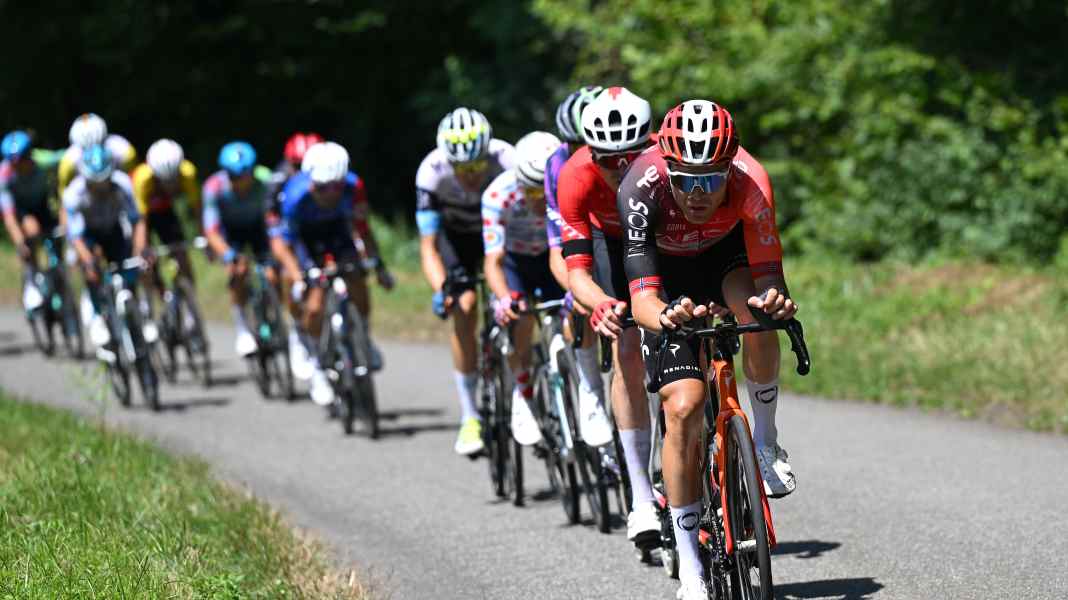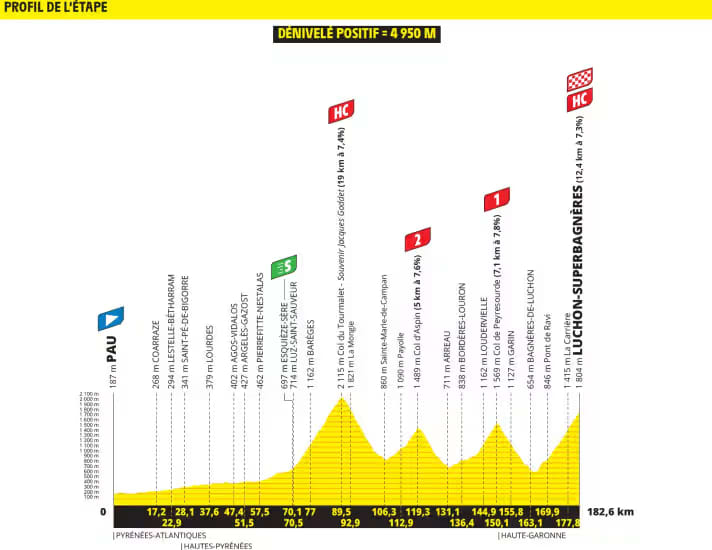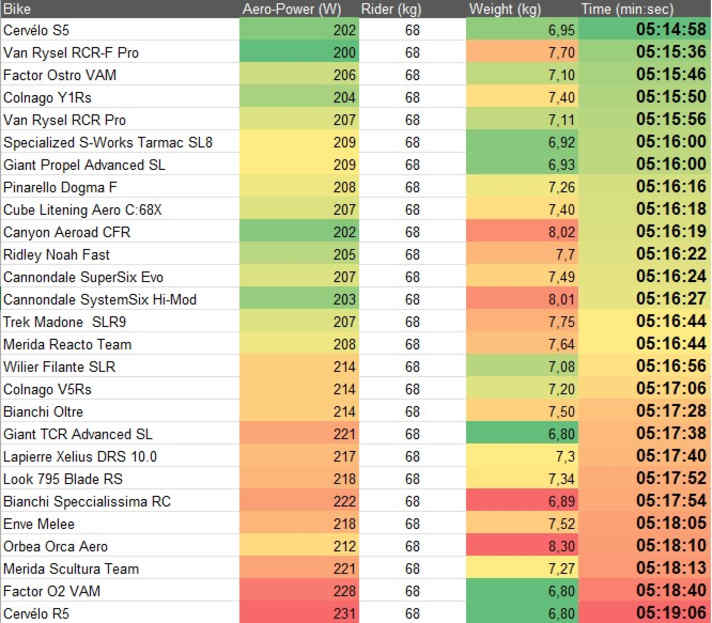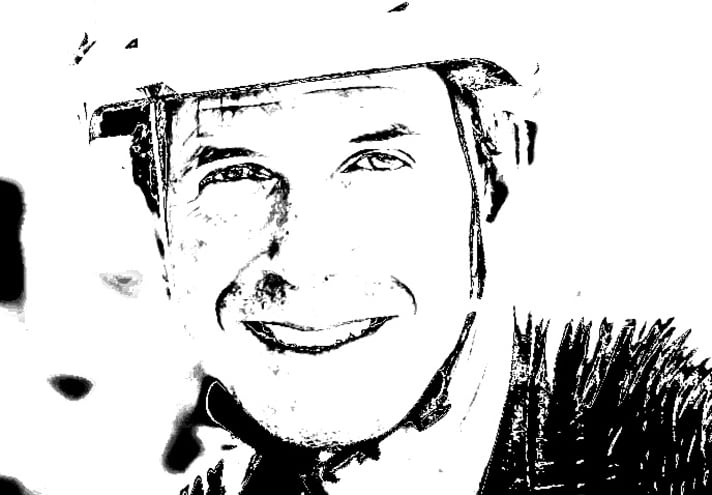
Tour de France 2025 - Stage 14: Pau - Luchon-Superbagneres | 182,6 Kilometers

The 14th stage is the classic Pyrenees stage over the three climbs of Tourmalet, Aspin, and Peyresourde before finishing in Luchon-Superbagnères. A total of 4,950 meters of elevation gain must be conquered – a tough day's work for the sprinters and a definite opportunity for breakaway riders, as it is uncertain whether this will be another big day in the overall standings. The gaps are already so significant that breakaway riders will have a better chance of succeeding.
What equipment will help on this day? Riders who want to break away in the first 60 kilometers before the climb to Tourmalet will need to be aerodynamically equipped to get away at all. Weight counts on climbs, but the gradients on the Pyrenees routes are not extreme. Aero all-rounders are therefore probably a good choice when it comes to breakaways. GC riders are also well served by lightweight aero all-rounders, which allow them to pick up speed on the descents. If a captain finds himself isolated, which can happen at any time in the second half of such a stage, aero qualities are important to catch up again if necessary.
In the final climb, there is a kilometer with an average gradient of ten percent to climb shortly before the finish. If it comes down to a battle for seconds here, a lightweight bike is a slight advantage – especially if there is a close fight for the stage victory.
In today's simulation, however, we are looking at which bike would be most likely to support a long breakaway.
The number of the day: four minutes
The result of the calculation is clear. A breakaway rider on an aerodynamically efficient bike, which should be as light as possible given the amount of climbing involved, gains a good four minutes. Once again with a lead at the finish: the Cervélo S5 in the Visma setup.
An overview of the (almost) complete field*

The table shows that breakaways on this mountain stage with a lightweight aero all-rounder have a good chance of saving energy and saving a lead to the finish.
*) The calculations are based on the bikes tested by TOUR in the laboratory and wind tunnel. The machines used in the Tour de France may differ in detail. Of course, we were not yet able to examine last-minute prototypes. Background information on the simulation.
Our expert

Robert Kühnen studied mechanical engineering, writes for TOUR about technology and training topics and develops testing methods. Robert has been refining the simulation calculations for years, they are also used by professional teams.
